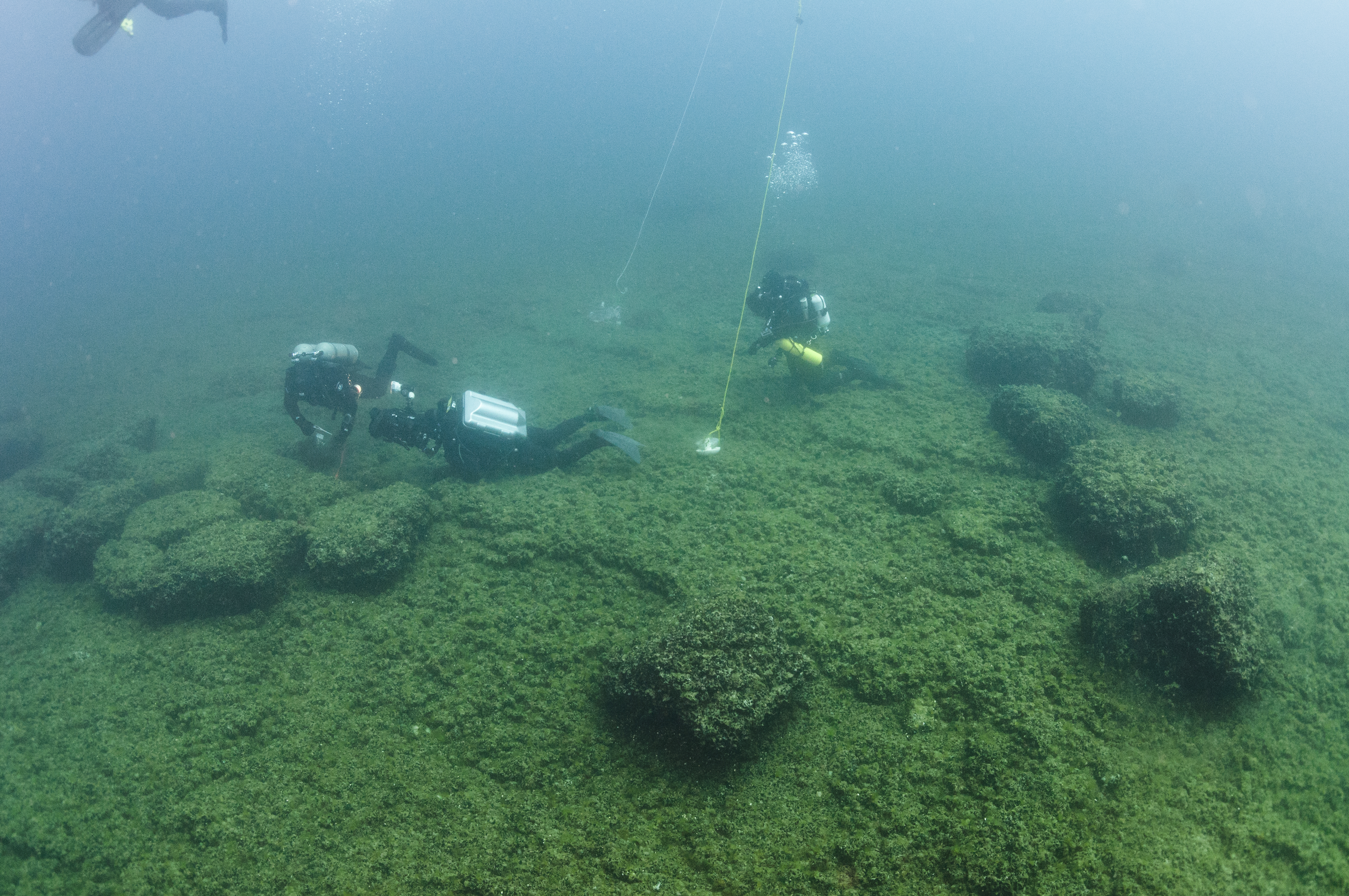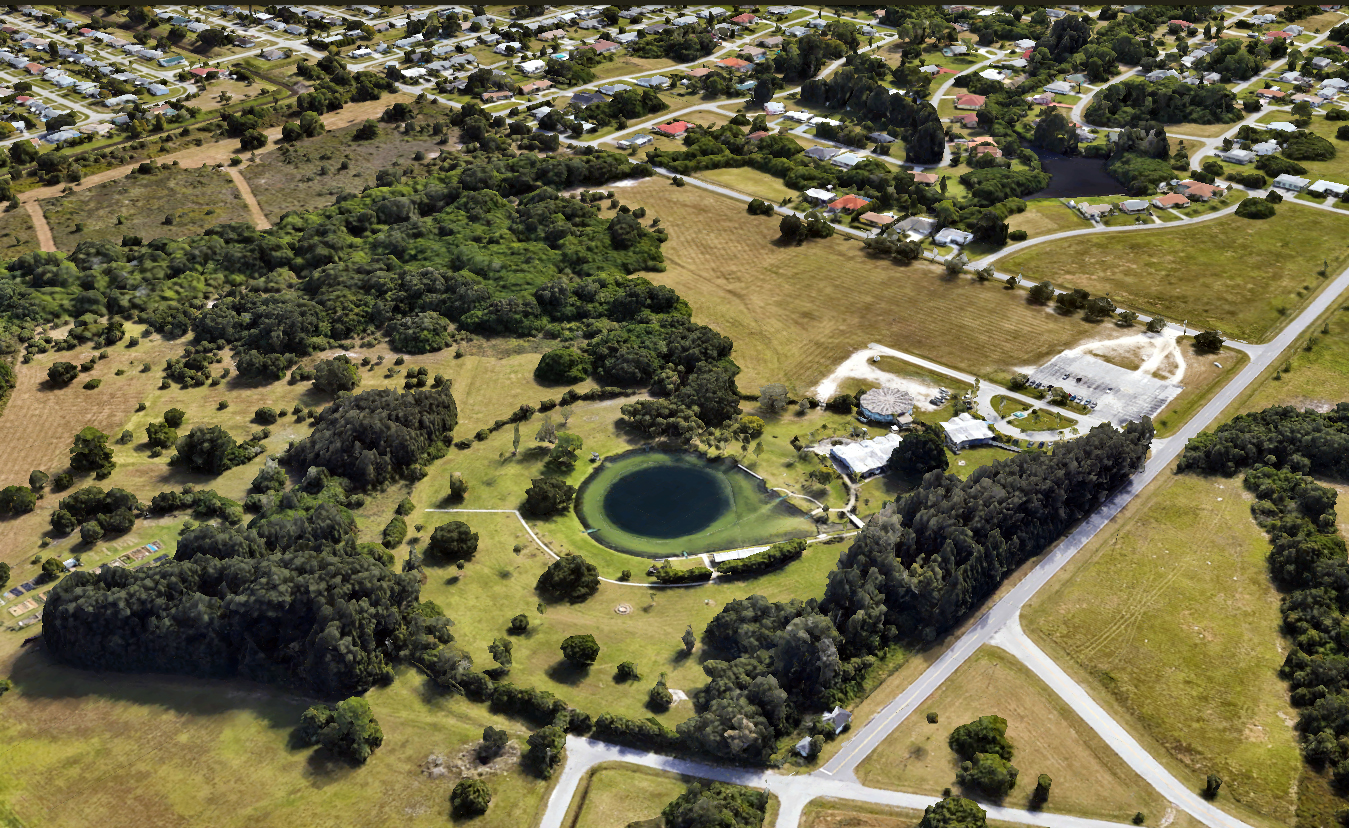Clues to the Lives of North America's First Inhabitants Are Hidden Underwater
Submerged prehistory holds insights on the first humans to live in North America
Sean Kingsley
History Correspondent
March 29, 2023

Archaeologists collect samples from a prehistoric caribou hunting site on Alpena-Amberley Ridge in Lake Huron. Tane Casserley
Below the surfaces of freshwater springs, lakes and rivers, sunken landscapes hold clues about the daily lives, beliefs and diets of the first humans to settle in what is now the United States. But submerged prehistory, as the study of these millennia-old sites is widely known, is often overlooked in favor of more traditional underwater archaeology centered on shipwrecks.
“There’s tremendous work to be done,” says Barbara Purdy, author of The Art and Archaeology of Florida’s Wetlands and an emeritus anthropologist at the University of Florida. “Fast-developing technology holds great potential to explore what lies below. One day, the sunken world will unlock the answer to how America was really settled and how [our] ancestors lived.”
From Miami to Lake Huron to Warm Mineral Springs, these are three sites driving the conversation about the nascent discipline.
Warm Mineral Springs
The hunt for sunken evidence of early humans in North America began some 60 years ago with a swirl of controversy in southwestern Florida. In 1959, retired Air Force Lieutenant Colonel William R. Royal uncovered traces of prehistoric people while diving at Warm Mineral Springs, an hourglass-shaped sinkhole formed when an earthquake collapsed a subsurface cave around 20,000 years ago. Because Royal was “an untrained amateur,” says Purdy, “scientists poured cold water over his bold claims.”
The spring’s main claim to fame is its association with Spanish conquistador Juan Ponce de León, who supposedly identified it as the Fountain of Youth in 1513. Though tales of the explorer’s search have been greatly exaggerated, hordes of modern water worshippers have followed in his wake. “Few who take the waters can deny their healing properties and therapeutic nature,” says Sarasota County Archaeologist Steve Koski
. . .

Aerial view of the Warm Mineral Springs sinkhole in North Port, Florida Google Earth
More:
https://www.smithsonianmag.com/history/biggest-clues-lives-early-americans-hidden-underwater-submerged-prehistory-180981891/

